Mercedes-Benz says it will "take a further major step along the road to accident-free and autonomous driving" when the all-new Mercedes-Benz E-Class is launched next year.
The company says it will launch a number of new technologies on the new model as part of a "driver assistance package", which will include "semi-automated driving on freeways, highways and city traffic".
"Safety, comfort and stress relief are becoming increasingly intertwined," the company says. These "cross system concepts" are summarised as being designed to "provide stress relief during normal driving, detect dangers, warn, assist and intervene in time" and "prevent or reduce the severity of accidents".
‘Car-to-X’ communication is also being pioneered on the car, the first step in cars being able to detect and communicate with each other over short distances.
This fledgling technology is thought to be one of the most effective ways to prevent collisions at junctions and on tight bends where drivers are unable to see traffic that’s in close proximity.
The new E-Class is equipped with an array of sensors, including ultrasonic and radar sensors, a stereo camera facing forward and side and rear cameras (which give a 360deg view).
The E-Class will also be available with Mercedes’ new LED headlamps, which use 84 individual lighting units. This allows the forward beam patterns of the headlamps to be shaped with extreme precision and won’t dazzle other road users.
Mercedes is also introducing new technology to prepare passengers for side impacts, minimising injuries and even tricking the human ear into protecting itself against the noise of impact and airbag deployment.
Mercedes says the new "next level Intelligent Drive" will keep the car at the correct distance from the car in front on motorways and country roads and automatically follow them at any speed up to 124mph.
The new system can also relieve the driver of the need to operate the brake or accelerator and will even deliver steering assistance. The car will also automatically adjust its speed using a combination of the intelligent cruise control and the car’s cameras, which can read roadside speed limits.
Active Brake Assist will "warn the driver of imminent crash situations… providing just the right level of braking assistance". Mercedes says the technology can detect slower-moving vehicles and stationary vehicles, traffic at junctions, the back of traffic jams and even pedestrians.
Also optional on the new E-Class will be Evasive Steering Assist. This works with the car’s pedestrian detection abilities and will add a "precisely calculated" amount of assistance so the car can avoid the pedestrian and will then help to correct the direction of the car as it passes the pedestrian.
Land Rover recently showed a new technology that would allow the remote parking of a vehicle, using a smartphone. This will be an option on the new E-Class.
The driver can shuttle the car backwards and forwards into a tight parking spacel as well as being able to remotely steer the vehicle enough to avoid obstacles in a domestic garage, for example.
The Car-to-X communication available on the E-Class will be the first "fully integral" system to go into series production, says Mercedes. It will become one of the most important automotive technologies in the future.
The exchange of information concerning road conditions, weather and the location and state of other vehicles will be stored in Daimler’s own cloud-based exchange. However, only Mercedes cars equipped with the system can ‘talk’ to each other.
Using the Near Field Communication tech embedded in many smartphones, Mercedes will make it possible to use the phone as the vehicle key.
A new type of front seat will be available "to complement the driver assistance package".
This uses inflatable side bolsters to push the passenger towards the centre of the car when an unavoidable side impact is detected.
Perhaps the most unexpected new technology is ‘Pre-Safe Sound’. Mercedes says it is making use of a natural reflex to prepare occupants’ ears for the loud noise usually associated with an accident.
A muscle in the human ear called the stapedius reacts to loud noises by contracting, which, in turn, can protect the inner ear.
In the new E-Class, if the car’s sensors predict a collision, a "short interference signal" is sounded through the car’s audio system. This triggers the stapedius reflex, protecting the inner ear.
Get the latest car news, reviews and galleries from Autocar direct to your inbox every week. Enter your email address below:

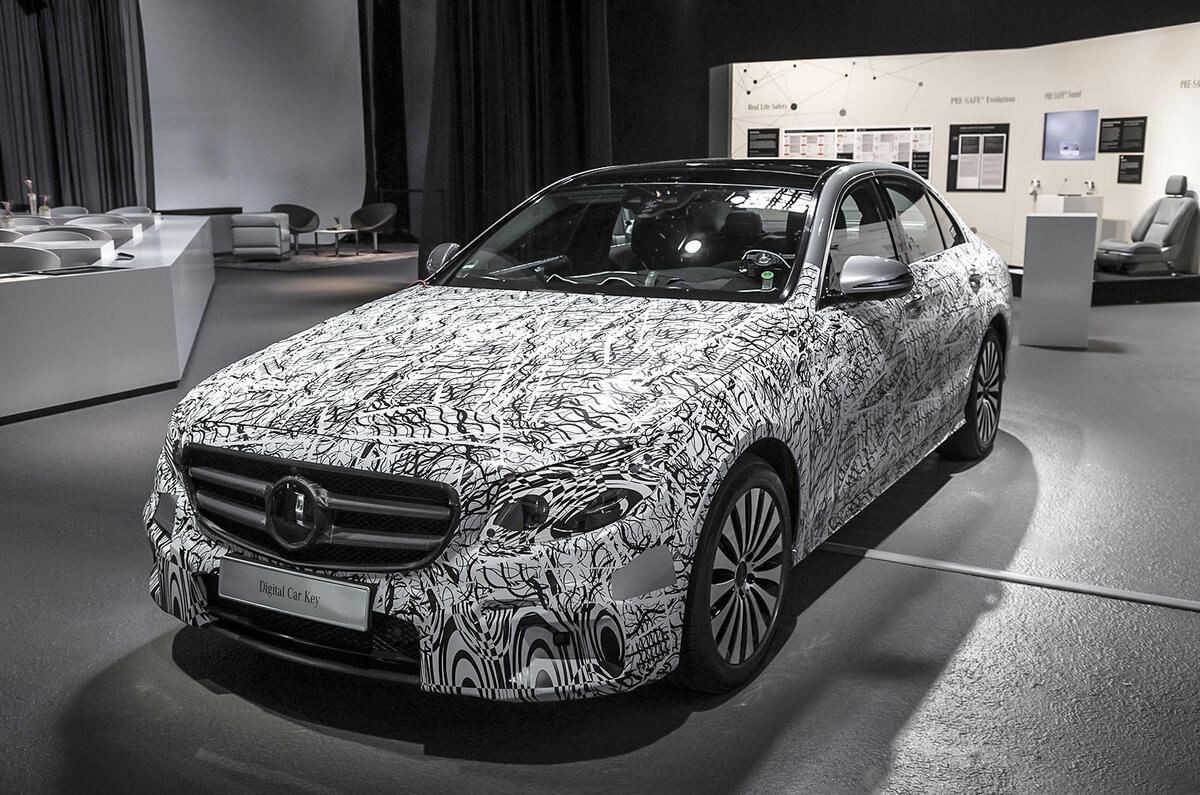
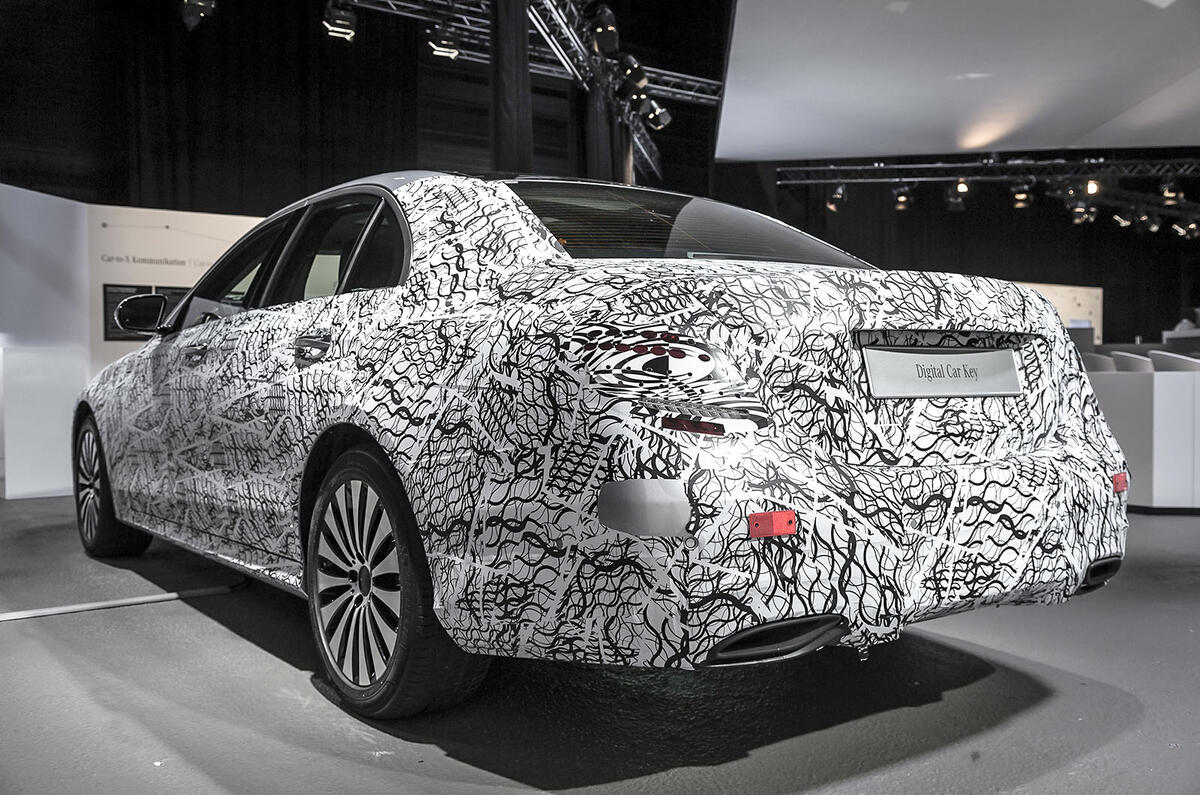
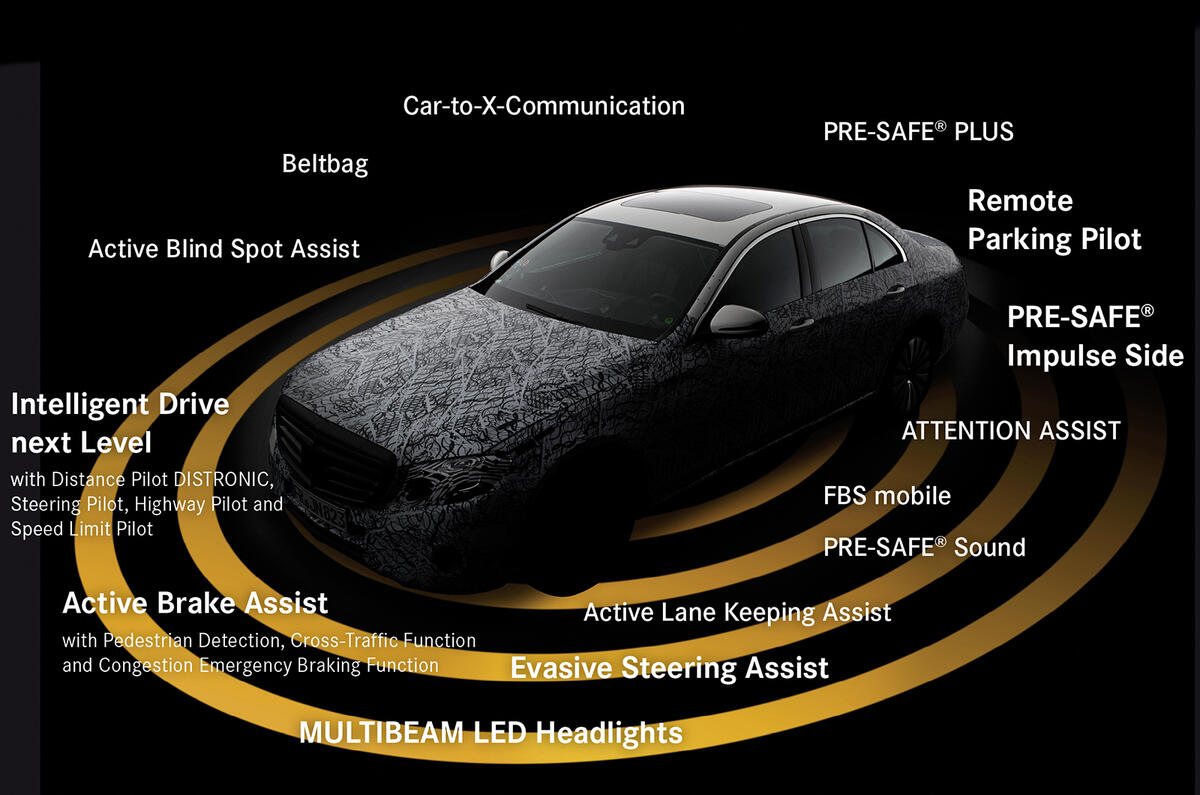
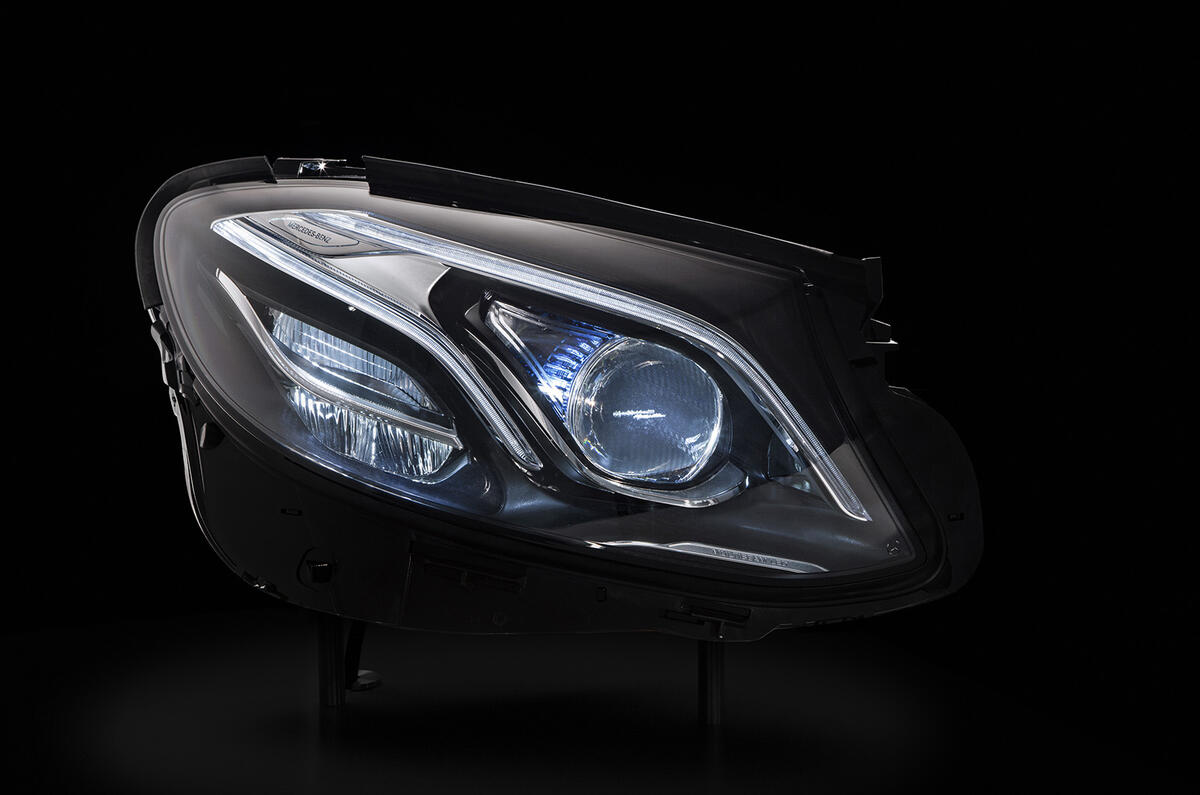
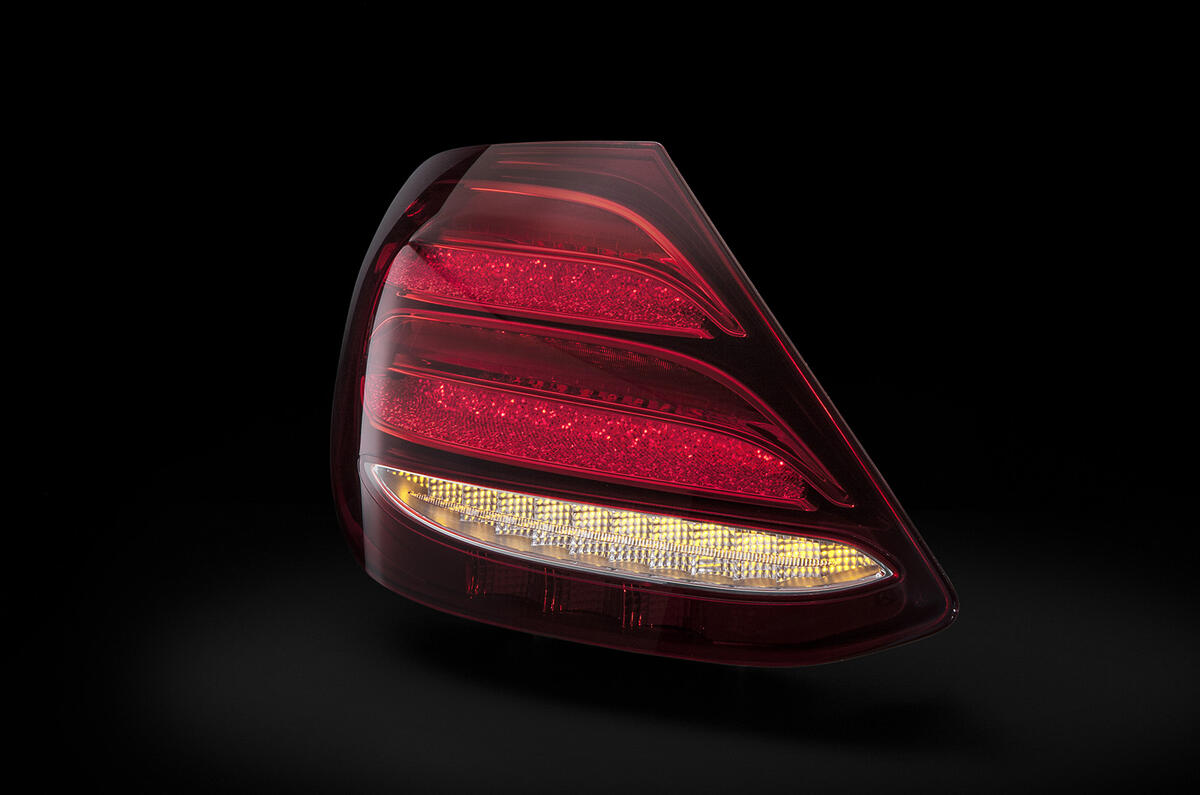
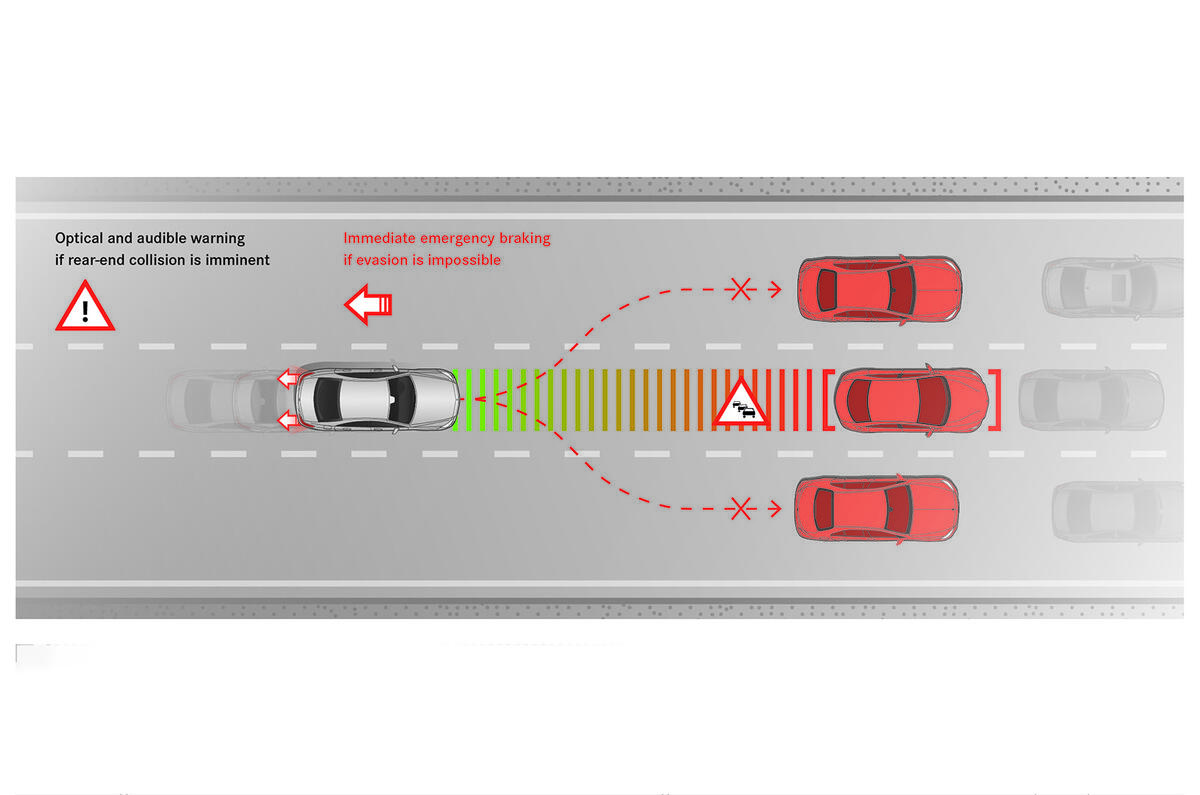
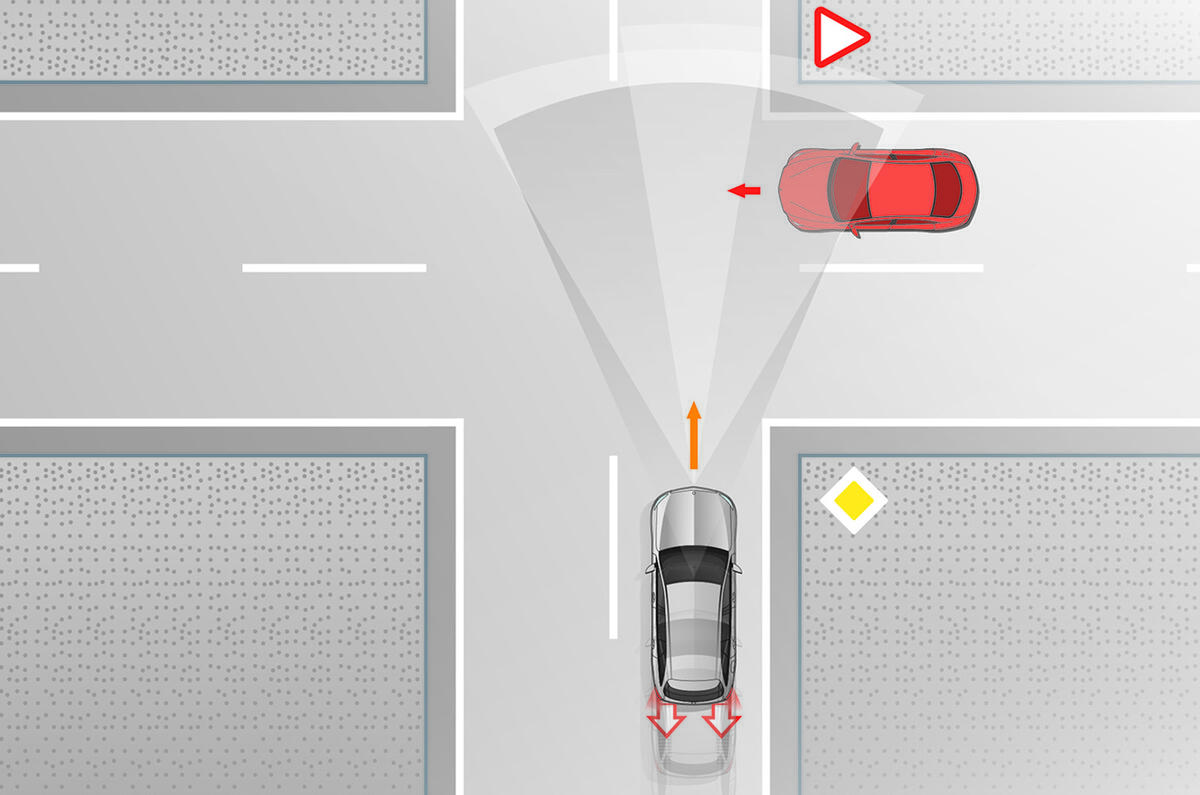
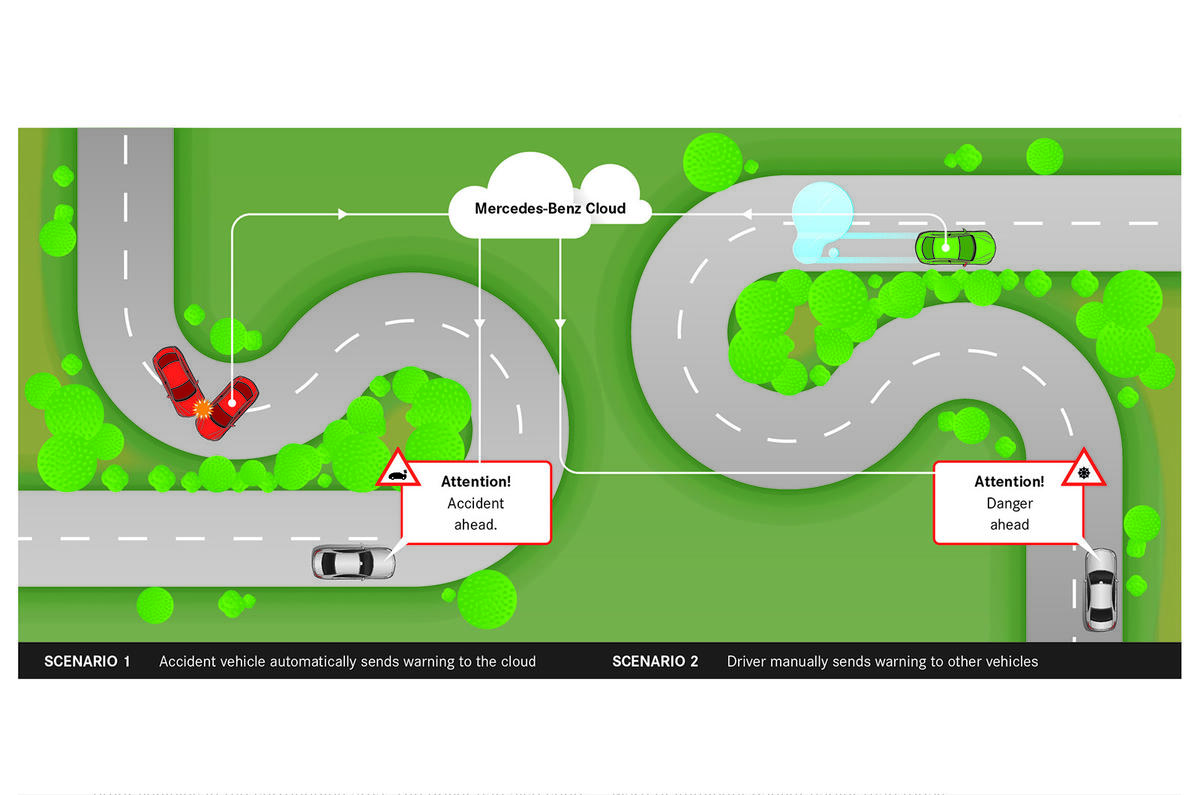
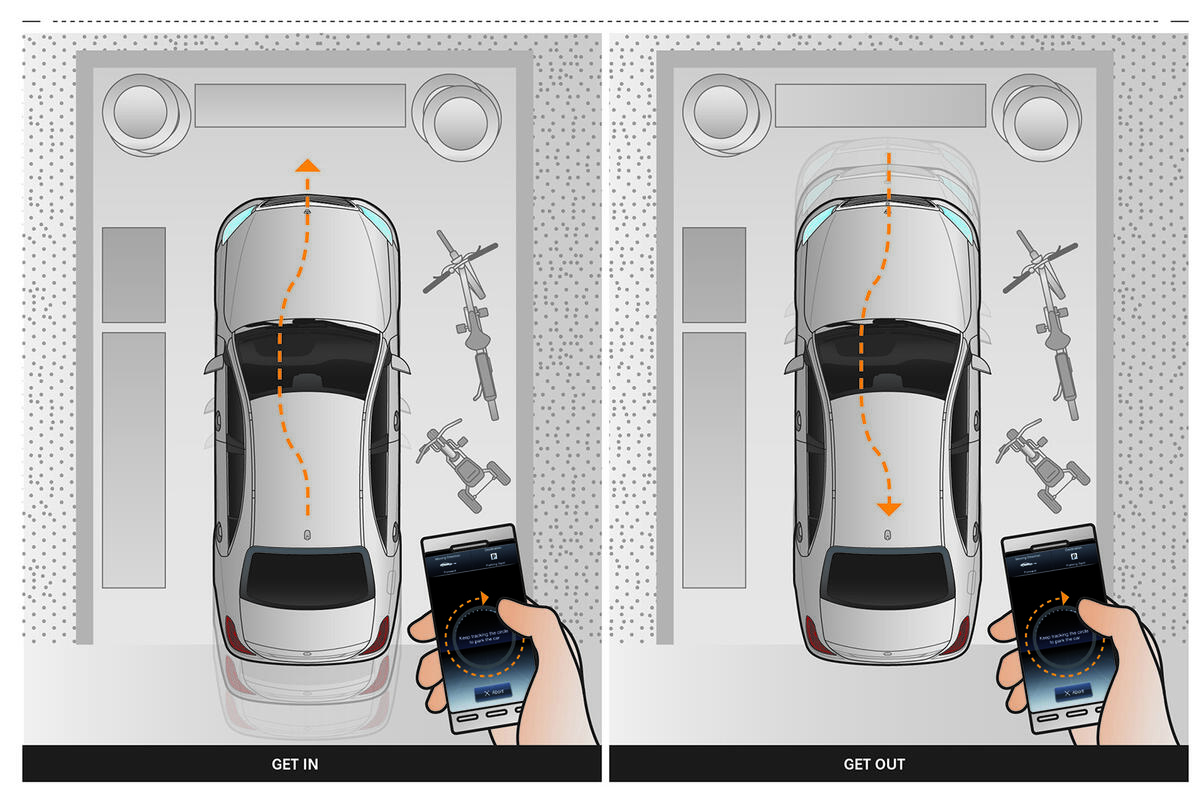

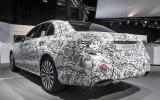
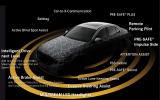

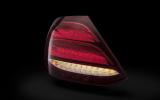

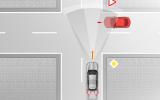
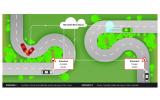
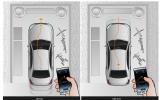


Join the debate
Add your comment
All this tech is not designed
i really dont want a car
They haven't thought of everything.
It needs a suitable acronym so it will be PISS (Pre Incident Sphincter Surveilence). If it twitches then it will determine the level of twitch then act accordingly, a minor twitch may increase the stability control level, while a major movement (possibly with leakage) will induce the full raft of safety equipment - airbags, emergency brakes, 999 call, etc.